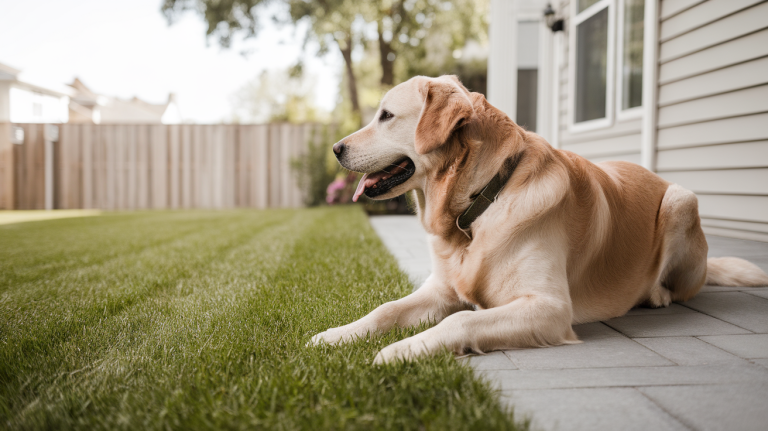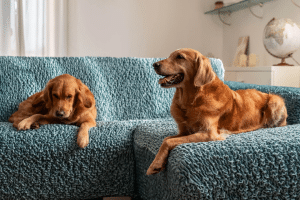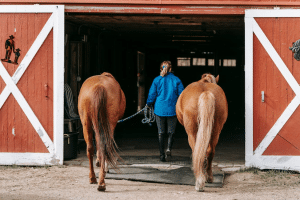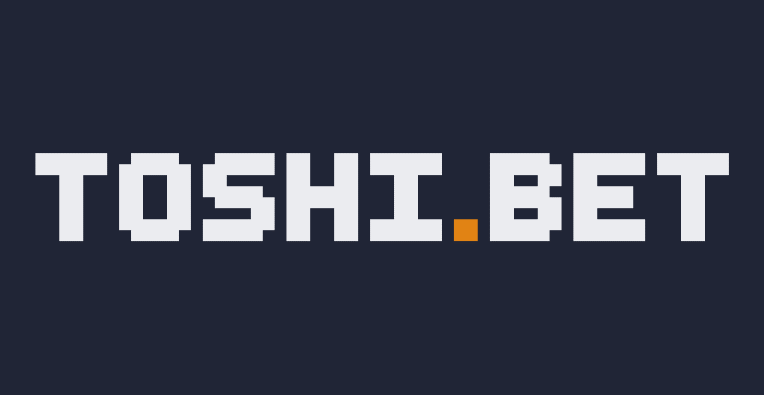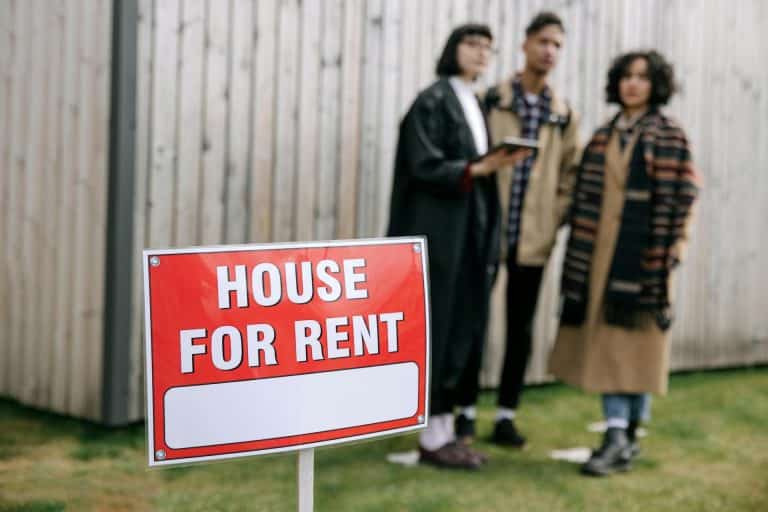You step away for just a minute, and suddenly your furry friend is running across your freshly treated lawn. Your heart sinks. Is your dog in danger? This worry is common among pet owners who want lush yards without putting their four-legged family members at risk.
Lawn products contain chemicals that can harm pets if they walk on treated areas too soon. These substances might stick to paws, which dogs often lick clean, leading to possible health issues.
My guide will help you know exactly how long to wait before letting your dog back on the grass after using different lawn treatments.
You’ll learn:
- Safe waiting periods for various fertilizer types
- Warning signs of fertilizer exposure in pets
- Tips for pet-friendly lawn care
As pet owners ourselves, I’ve researched the facts to keep your lawn green and your dogs safe.
Is Lawn Fertilizer Safe for Dogs?
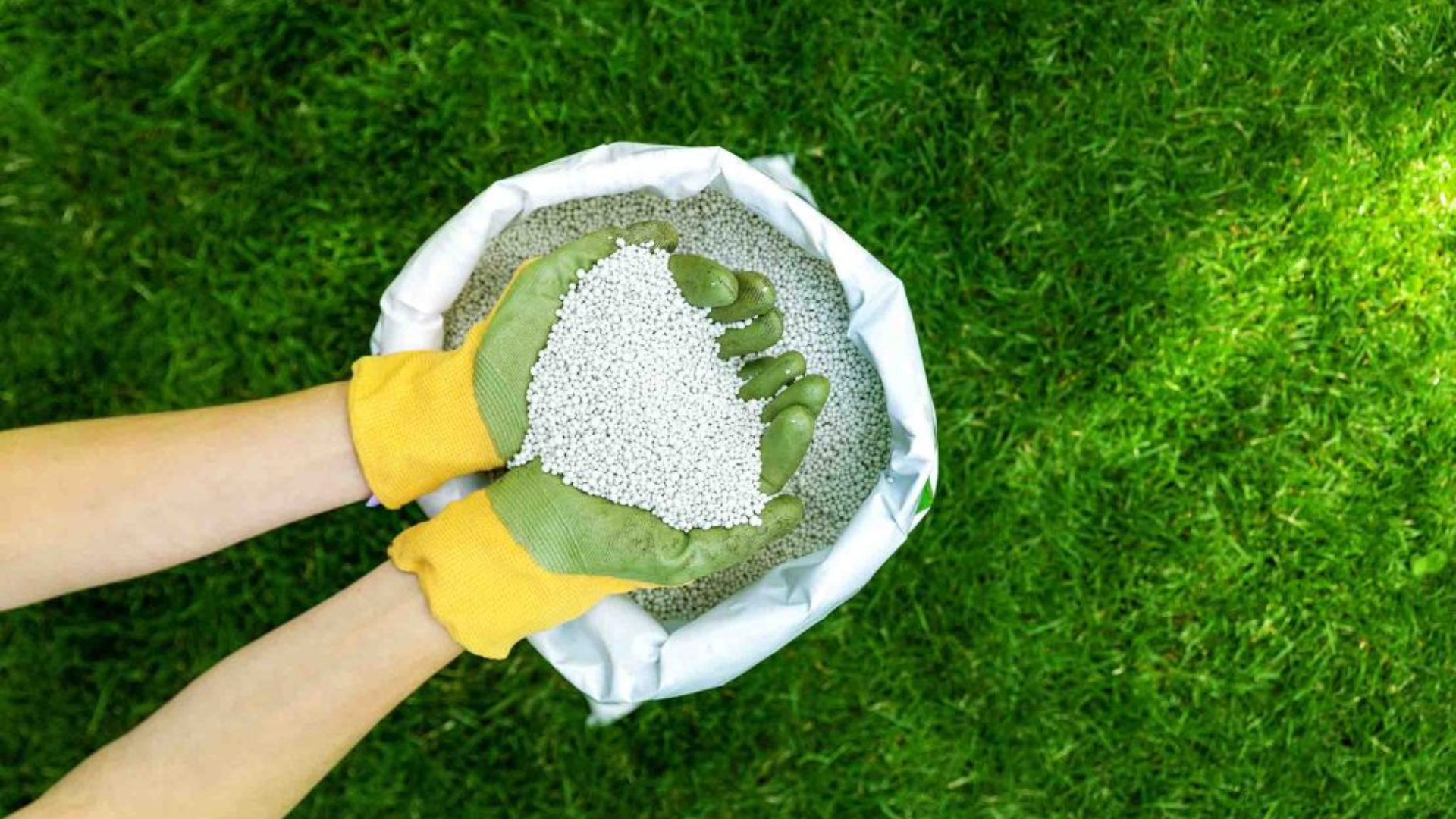
Not all lawn products are created equal when it comes to pet safety. Some fertilizers contain harsh chemicals that can make your dog sick, while others are made with pets in mind. I’ve seen many dog owners assume that “organic” or “natural” means completely safe.
This isn’t always true. Even organic options can upset your dog’s stomach if eaten. You might notice your dog licking their paws after walking on treated grass. This is how problems start. The chemicals stick to their feet, then end up in their mouth and body.
Common issues include:
- Upset stomach and vomiting
- Drooling more than usual
- Red or irritated paws
- Unusual behavior after yard time
What worries me most is that many pet owners don’t connect these symptoms to their lawn care routine. Your dog can’t tell you the grass tastes funny or burns their paws.
The good news? With the right timing and products, you can have both a nice lawn and a healthy pup.
How Long Should Dogs Be Off the Fertilized Lawn?
Most lawn products need 24-72 hours before they’re safe for your dog’s paws. I always tell my friends to check the label on their specific fertilizer – the waiting time varies by brand and type.
Rain changes everything. A good rainfall can help wash fertilizer into the soil, making it safer and faster. If no rain is expected, you can speed things up by watering your lawn thoroughly after the recommended dry time.
What can you do while waiting?
Try these simple options:
- Walk your dog in a park or on sidewalks instead
- Use a long leash to keep them on the untreated parts of your yard
- Create a small potty area with artificial turf
I’ve learned this trick the hard way: Mark your calendar with the “safe date” after applying fertilizer. It’s easy to forget when you put it down, especially if the weather changes your plans.
You might feel bad limiting your dog’s yard time, but remember – a few days of inconvenience prevent a trip to the vet. I’ve seen too many upset dogs (and upset owners) who didn’t wait long enough.
What Is in Fertilizer that Is Harmful to Dogs?
Basic fertilizers contain three main ingredients: nitrogen, phosphorus, and potassium. These nutrients help grass grow, but can cause stomach upset if your dog eats enough of them.
The real dangers hide in the extras. Many lawn products mix in weed killers, moss killers, or bug killers. These added chemicals pose the biggest risk to your pets.
I’ve researched common fertilizer additives that can harm dogs:
- Iron: Causes stomach damage in large amounts
- Blood meal: Smells tempting, but causes vomiting
- Bone meal: Can form a cement-like ball in the stomach
- Cocoa mulch: Contains the same toxic substance as chocolate
Check the label carefully before buying. Some products now say “pet-friendly” or “pet-safe,” but still need drying time. I always look for products without added weed or pest control chemicals when I shop for my lawn.
Which Type of Fertilizer Should You Use?
For homes with dogs, I strongly suggest looking for products marked “pet-friendly” or “pet-safe” on the label. These options still feed your lawn but with fewer harsh chemicals. You’ll still need to keep your dog off the grass until it dries, but the risk is much lower if they sneak onto it.
Granular or liquid – which works better? Granular fertilizers stay visible on the lawn until they break down or get watered in. This helps you see which areas to keep your dog away from. Liquid fertilizers soak in faster, cutting down waiting time, but you can’t see where you’ve already sprayed.
I’ve had good results with homemade compost on my lawn. It’s gentle and safe for pets, but make sure it’s fully broken down before spreading it. Fresh compost can burn grass and contain harmful bacteria.
The waiting game matters regardless of what you choose. Even the safest commercial products need time to work into the soil. Your dog’s safety is worth the wait, so don’t rush this process. When in doubt, I give my lawn an extra day before letting my four-legged friend back on it.
General Fertilizer Precautions and Dogs
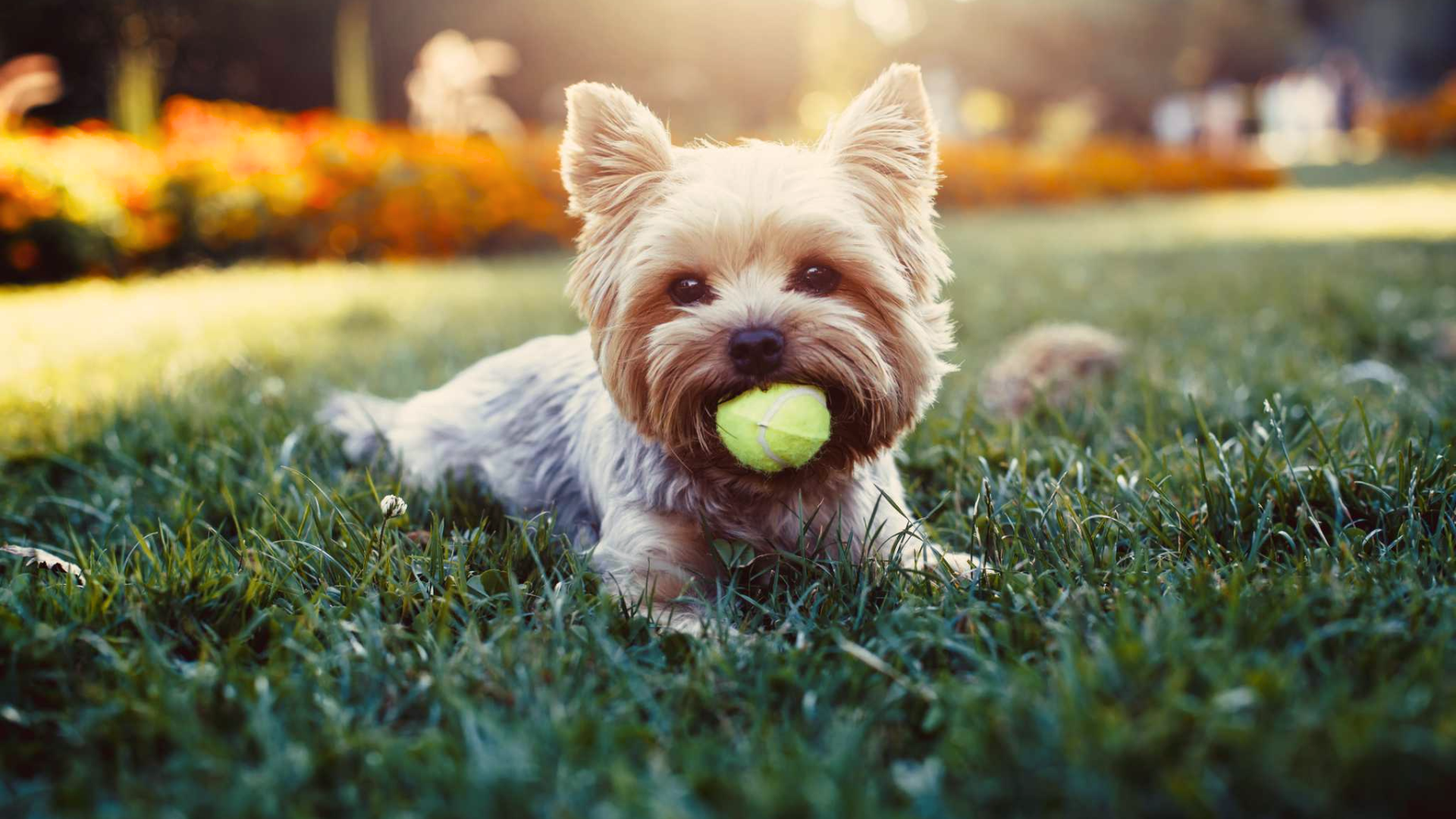
1. Fence Off Treated Areas
I always tell my friends to create physical barriers around freshly treated lawns. You can use small garden fences, plant stakes with bright ribbon, or even lawn chairs placed around the area.
These visual blocks help remind both you and your dog that the area is off-limits. Even well-trained dogs might forget and run across a treated spot if there’s no barrier.
2. Mark Your Calendar
Keep track of when you apply fertilizer by marking it on your calendar or phone. Note both the application date and when it will be safe for your dog to return to the lawn.
This simple step prevents confusion, especially if more than one person cares for the dog. I once forgot when I had treated my lawn until I saw my neighbor’s calendar reminder system.
3. Wash Paws After Accidental Exposure
If your dog does step onto treated grass, don’t panic. Take them inside and wash their paws with mild soap and warm water right away.
Make sure to clean between the toes where fertilizer might hide. You should also wipe their belly and legs if they touched the grass. This quick action removes most chemicals before your dog can lick them off.
4. Store Products Safely
Keep all lawn products in their original containers and store them where your dog cannot reach them. I recommend high shelves in garages or garden sheds with doors that close securely.
Dogs are curious and might chew through bags or knock over bottles. The concentrated product is much more dangerous than what’s on your lawn.
5. Keep Application Tools Clean
After applying fertilizer, clean all tools thoroughly before putting them away. Leftover product on spreaders, sprayers, or gloves can transfer to your dog if they investigate these items later. I always rinse equipment outside, away from areas where my dog plays.
You can absolutely have both a beautiful lawn and a healthy, happy dog. The key is planning and patience. I’ve found that timing lawn treatments around my dog’s schedule makes everything easier. Try applying fertilizer right before you leave for work or before a rainy day when your pup will be inside anyway. Remember these basic rules: Even the safest lawn products need time to work into the soil and become harmless to your four-legged friend. When you’re deciding between a perfect lawn and your dog’s safety, your pet should win every time. A few brown spots in the grass won’t hurt anyone, but fertilizer chemicals might hurt your dog. Your furry friend trusts you to keep them safe. With these simple steps, you can protect them while still having a lawn you’re proud of.


